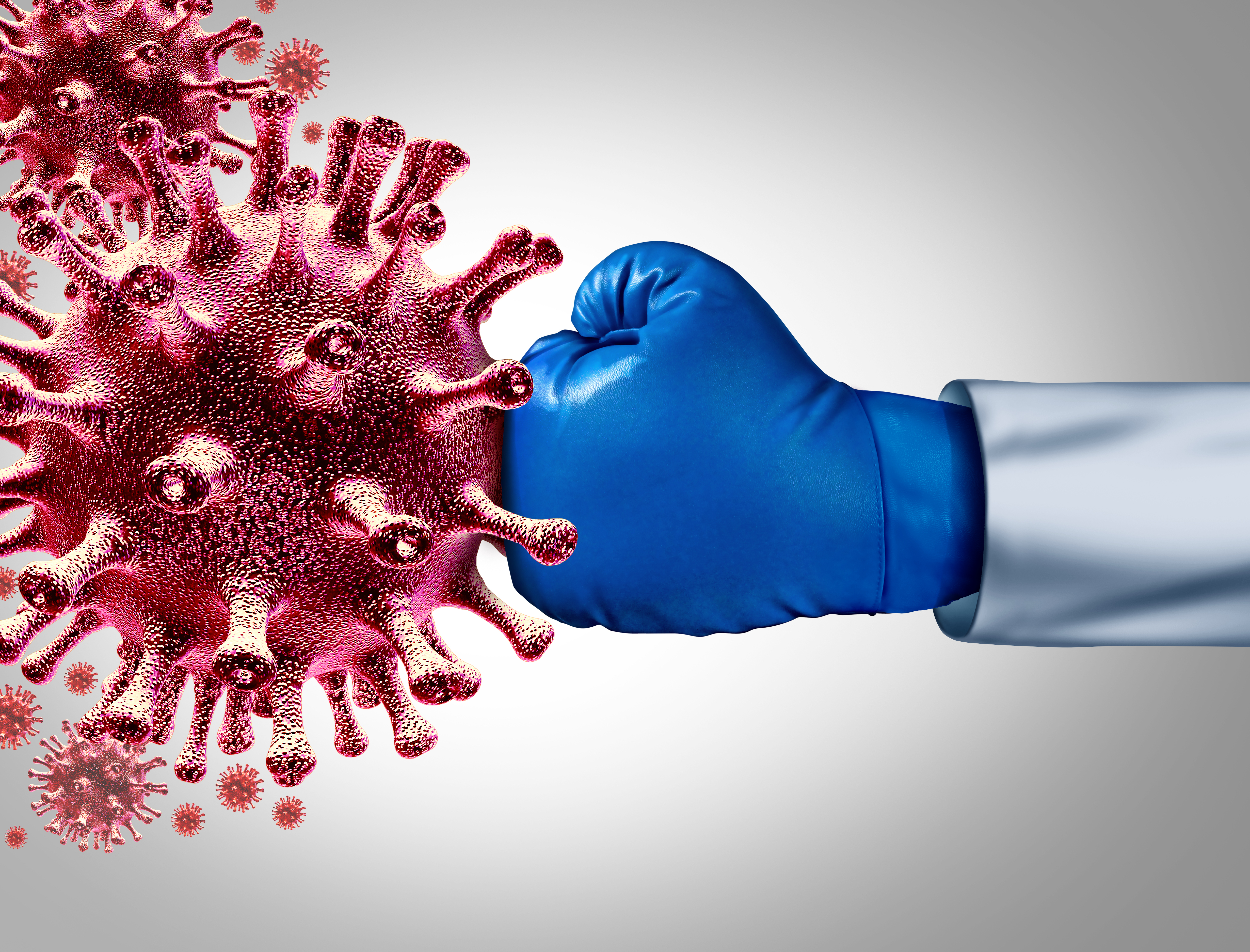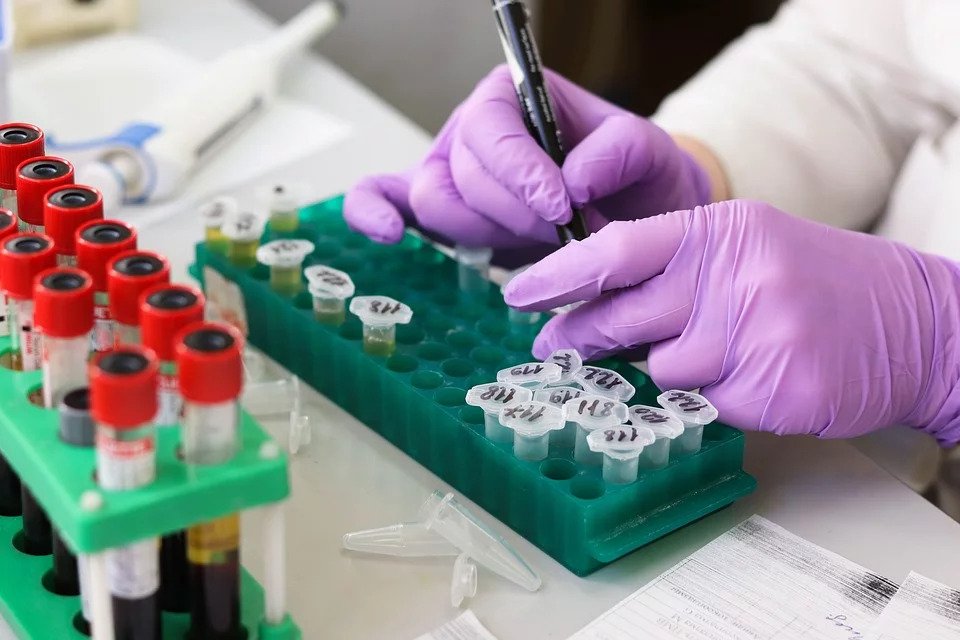9 breakthroughs made by UPES in the fight against COVID-19

To commemorate the World Science Day for Peace and Development, we highlight the contributions made by the UPES community in the fight against Coronavirus – from Multi-Patient Ventilator to COVID Fabric Helmet
As the world gasped for breath while struggling with the COVID-19 pandemic, scientists came together to develop a vaccine at a never-seen-before pace. Simultaneously, we witnessed an improved dialogue between scientists, governments, and co-actors of the society, which enabled evidence-based decision making and saved millions of lives.
However, we also saw a pandemic of disinformation that misled several people and made the outbreak worse in certain parts of the globe.
These circumstances emphasised the need to bring correct knowledge closer to society and strengthen their trust in science. It is in this backdrop that the World Science Day for Peace and Development this year focussed on ‘Science for and with society in dealing with the COVID-19 pandemic’.
Since 2002, the United Nations Educational, Scientific and Cultural Organization (UNESCO) celebrates the World Science Day for Peace and Development annually on November 10. The day highlights the significance of open access to scientific knowledge, data sharing and raises awareness about the role of science for sustainable societies.
Time and again, it is science that has come to the rescue of humankind. UPES, too, prioritises scientific temper, which enables its students to apply logic and practical learning and create solutions that can save lives.
Here are the nine breakthroughs made by the UPES community in the fight against COVID-19:
An innovative idea for sterilisation of public places using ozone micro nano bubbles (MNBS): Strong oxidation ability and an absence of harmful residues after treatment makes Ozone or O3 an ideal disinfecting agent. This technique has been found to be effective against bacterial contaminations. UPES is working towards the possibility of designing a model that could be customized to the household level and for public places such as hospitals and public transport system.
Automatic hand sanitizer dispensing machine with body temperature monitoring and mask detection system: The device works with the combined effort of a UV Sensor and a Servomotor. This can be installed at all kinds of public facilities.
Material handling robots for COVID-19 infected patients in hospitals: Keeping in mind the risk of human-to-human infection due to COVID-19, the university has come up with an idea of developing a robot, which can carry loads (such as medicine and food) to patients and can be controlled from distance. The proposed robot is less expensive and portable, so it can be incorporated at hospitals, quarantine homes and wards, and any other place where there is a probability of getting an infection due to physical interaction.
Design and development of low-cost mechanical ventilator: The designed ventilator can aid the respiration of a person suffering from ADARS (Acute Respiratory Distress Syndrome). It is anticipated to be effective in freeing up existing supply or in life-or-death situations when there is no other alternative.
Isolated airway column with automatic hand sanitizer: This combined system of air filter and automatic sanitizer dispenser can be used in every public transport. The automatic sanitizer dispenser needs to be installed near the entry and exit points of the vehicle. The dispenser takes touch-less inputs from the user to dispense the sanitizer liquid and thus reduces the risk of virus spread through physical interactions.
This system not only reduces the exposure of the virus to the passengers but also comes with filters, giving the advantage of passing clean air for breathing as well.
Automated detection, screening, and sanitization system for public transport: The aim is to develop an automatic sanitization and screening system for fighting COVID-19. The proposed system is intended to be installed at the doorway of public-transport buses to facilitate easy screening and sanitization of individuals entering the bus.
Design and development of an automated monitored hand hygiene system to curb infection spread in institutional settings: This is a full-proof automated and monitored (for compliance) hand hygiene system with each parameter automated as per the current scientific findings.
Design, development, and deployment of a robust and indigenous COVID-19 ventilator: The design of this ventilator can be easily manufactured, and it is robust enough to be integrated into the hospital environment to support COVID-19 patients.
This developed prototype will function as a ‘Multi Patient Ventilator’, wherein several patients can be supported by a single ventilator.
A comfortably vented ingeniously designed (COVID) fabric helmet for curbing infection spread in the community: The product has been designed in such a way that usage of this low-cost helmet along with the usually worn cloth is enough to provide complete protection to an individual. The fabric helmet is integrated with many innovative design features that will not only address the concerns of the users but will also be comfortable, cheap and ease pressure on the requirement for PPEs. This will reduce COVID-19 infection spread in the country.
The proposed design has been made available to the National Innovation Foundation with a consent to distribute it to the public at various platforms.
To read about the research projects in detail, please refer to https://www.upes.ac.in/media/4583/research-in-upes-for-covid19.pdf




We have to self develop to make stronger economy. Multi patient ventilator is good idea. Need more research and development. Congratulations to the team.